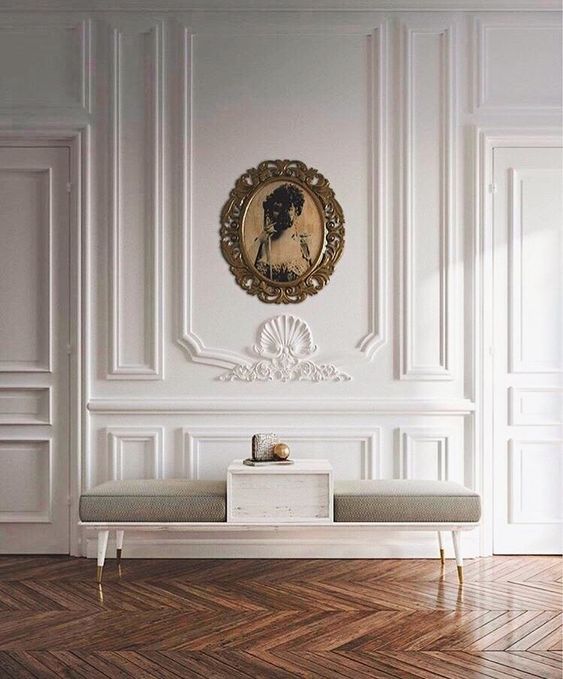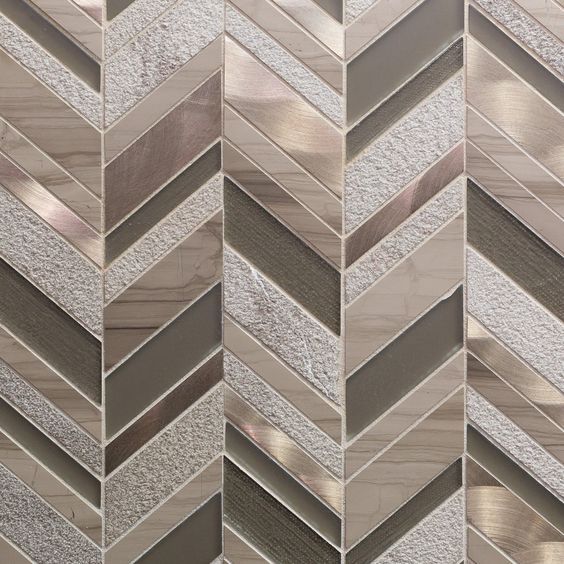Biophilic design, derived from the term "biophilia," which means the love of life and living systems, is a design approach that seeks to connect people with the natural environment within the built spaces they inhabit. It represents a fundamental shift in how we perceive and design our surroundings, acknowledging the innate human need for connection with nature. As urbanization and modern living increasingly distance individuals from natural elements, biophilic design aims to reintegrate these elements into the built environment. By fostering a harmonious relationship between humans and nature, this design philosophy seeks to enhance well-being, productivity, and overall quality of life.
The growing recognition of the profound impact of biophilic design on human health and happiness has led to its increasing popularity in both architecture and interior design. Designers and architects are increasingly adopting biophilic principles as they realize the positive effects that exposure to nature can have on occupants of buildings. This trend aligns with a broader societal shift toward sustainable and health-focused design practices, marking a pivotal moment in the evolution of the built environment.
The Principles of Biophilic Design 
Incorporating Natural Elements: Biophilic design employs various strategies to bring natural elements into indoor spaces. The use of natural light is a key element, as it not only reduces reliance on artificial lighting but also positively influences circadian rhythms and mood. Indoor plants introduce greenery and contribute to improved air quality, while the integration of water features such as fountains or indoor ponds adds a dynamic, soothing element to interior spaces.
Embracing Organic Shapes and Patterns: Biophilic design emphasizes the use of organic shapes and patterns inspired by nature. From furniture design to architectural elements, incorporating curves, flowing lines, and patterns reminiscent of natural forms fosters a sense of connection with the outdoors. This principle aims to create a visually appealing and psychologically comforting environment that resonates with our evolutionary affinity for the natural world.
Providing Views of Nature: Maximizing window spaces and creating outdoor access points are integral to biophilic design. Large windows provide unobstructed views of nature, allowing occupants to connect with the outside environment. Outdoor access points, such as balconies or gardens, offer opportunities for direct interaction with nature, promoting a seamless integration of the indoors and outdoors. These principles collectively contribute to a built environment that not only satisfies aesthetic preferences but also supports the well-being and vitality of its inhabitants.
Psychological and Physiological Benefits
Biophilic design has been extensively linked to a range of psychological and physiological benefits, significantly enhancing overall well-being. Exposure to natural elements within built environments has been associated with reduced stress levels, improved mood, and increased overall satisfaction. Studies have consistently demonstrated that incorporating elements such as natural light, indoor plants, and water features can positively impact mental health, leading to reduced anxiety and depression. Moreover, the integration of biophilic design has shown remarkable results in boosting creativity and productivity. Research suggests that environments designed with biophilic principles stimulate cognitive function, enhance problem-solving skills, and foster a sense of connection with one's surroundings.
Examples of Biophilic Design in Practice
Office Spaces: Many forward-thinking companies have embraced biophilic design in their office spaces to create healthier and more inspiring work environments. Incorporating elements like large windows for natural light, indoor plants, and communal areas with greenery has led to increased employee satisfaction, reduced absenteeism, and heightened productivity. For example, Amazon's Spheres in Seattle is a notable office space designed with biophilic principles, featuring a diverse range of plant life and natural elements to create a dynamic and vibrant workspace.
Residential Buildings: Biophilic design is becoming a prevalent consideration in residential architecture, enhancing the quality of life for inhabitants. Homes designed with nature-inspired elements, such as gardens, rooftop greenery, and large windows framing natural views, contribute to a sense of well-being. The Bosco Verticale in Milan serves as an exemplary residential project, incorporating extensive greenery on its balconies to provide residents with a serene and natural living environment.
Educational Institutions: Biophilic design is increasingly recognized as beneficial in educational settings, promoting a conducive learning environment. Schools and universities are integrating features like outdoor classrooms, green roofs, and natural light to positively influence students' well-being and academic performance. The Nanyang Technological University Learning Hub in Singapore is an excellent example, incorporating sustainable materials, greenery, and natural ventilation to create a stimulating and eco-friendly educational space.
Challenges and Considerations
Balancing Biophilic Design with Practicality: While the integration of biophilic design elements is crucial for fostering a connection between individuals and nature within indoor spaces, architects and designers often face the challenge of striking a balance between the aesthetic appeal and the practical functionality of a space. It requires careful consideration to ensure that the incorporation of natural elements does not compromise the efficiency and purpose of the environment, whether it be an office, residence, or educational institution.
Addressing Maintenance and Long-Term Viability: Another significant challenge in implementing biophilic design is the need for ongoing maintenance and ensuring the long-term viability of the natural elements integrated into the built environment. Plants, water features, and other organic components require sustained care to thrive indoors. Architects and facility managers must carefully plan for maintenance protocols and select plant species or materials that can withstand the indoor environment, addressing issues such as lighting conditions, temperature variations, and potential pests.
Conclusion
the challenges associated with biophilic design, including the delicate balance between aesthetics and practicality, addressing maintenance needs, and navigating budgetary constraints, underscore the complexity of integrating nature into our built environments. Despite these challenges, the affirmative impact of biophilic design on human well-being cannot be overstated. The proven psychological and physiological benefits emphasize the need for a concerted effort to overcome challenges and encourage the wider adoption of biophilic principles in future architectural projects. By prioritizing the harmonious coexistence of nature and the built environment, we pave the way for healthier, more sustainable, and aesthetically enriching spaces that resonate positively with their occupants. This calls for a collective commitment from architects, designers, and stakeholders to embrace biophilic design principles and contribute to a more resilient and holistic approach to the design of indoor spaces.









